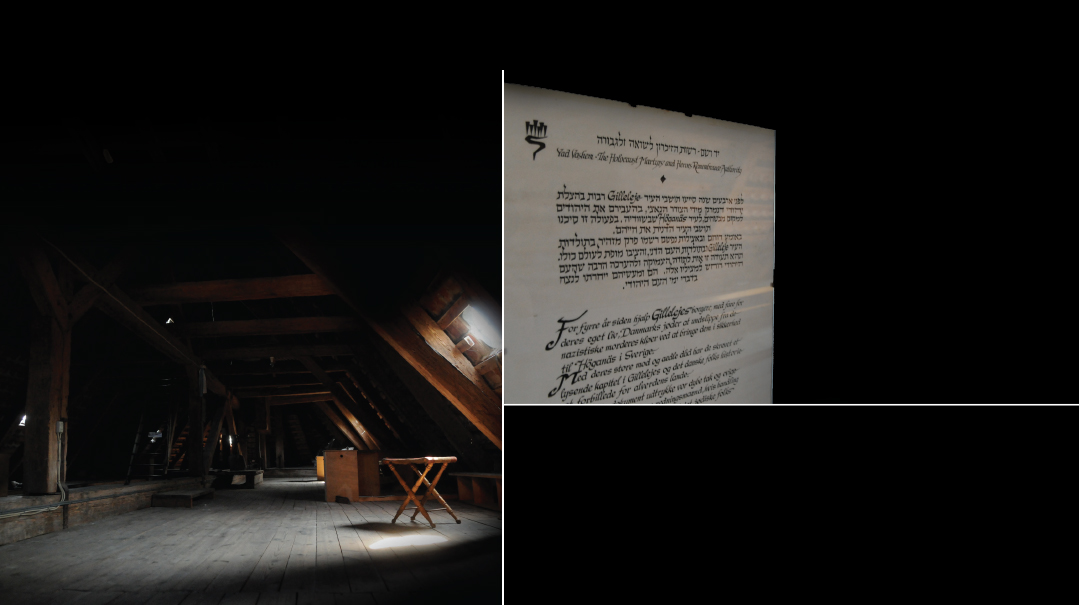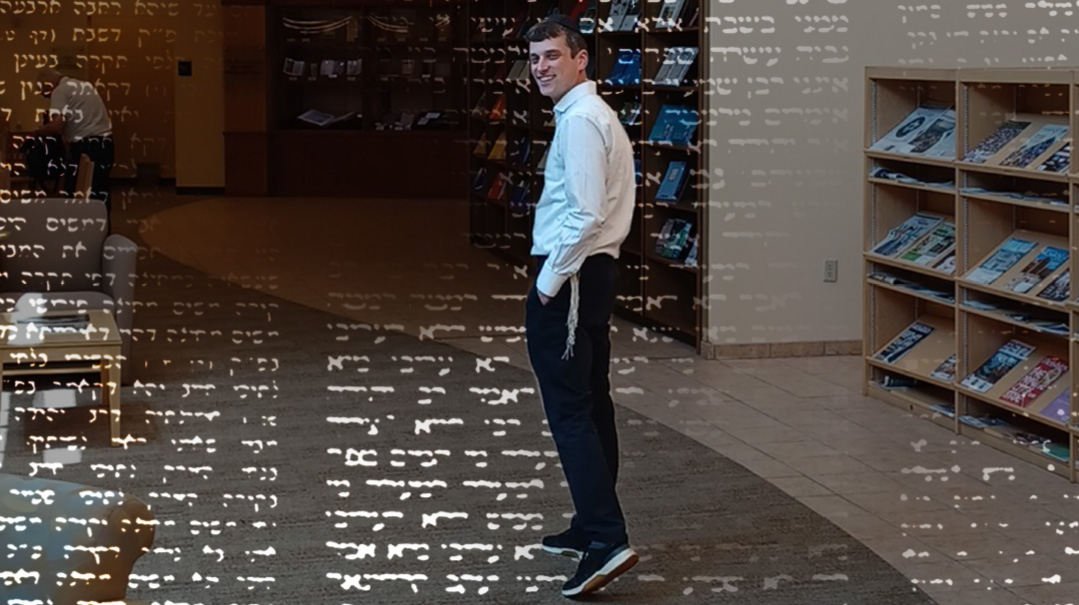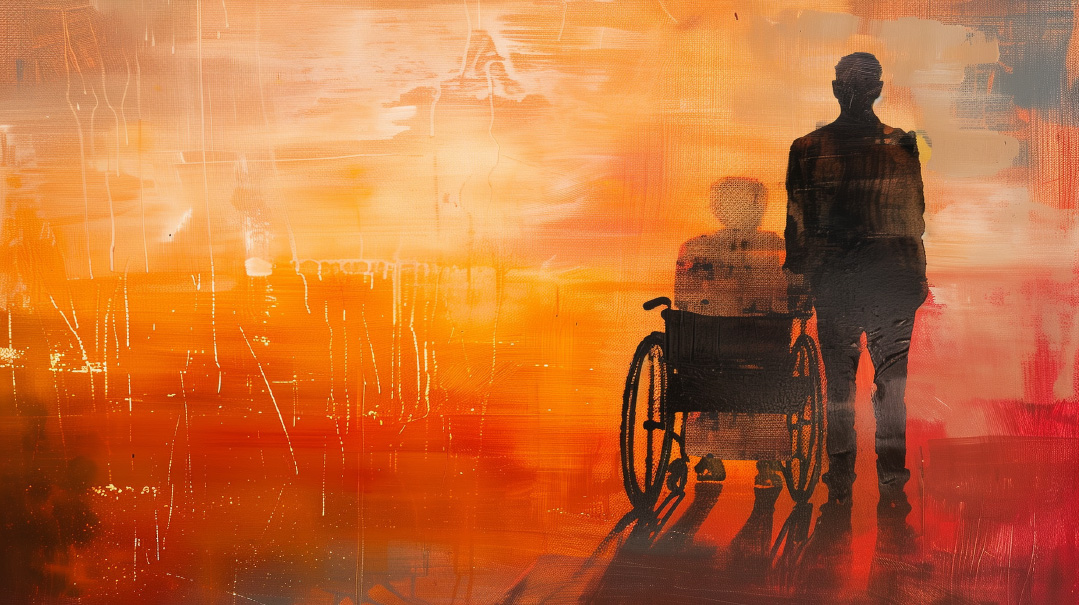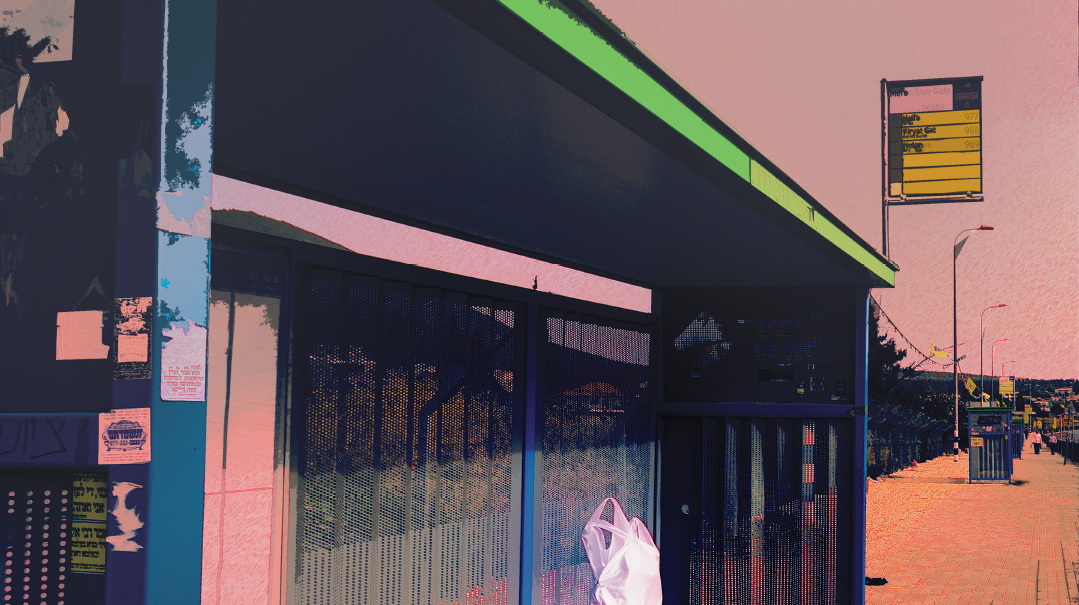One Fate
| May 7, 2024Between the barracks in Auschwitz and the once-peaceful pathways of the towns in the Gaza Envelope, will Jewish life ever go back to safe mode?
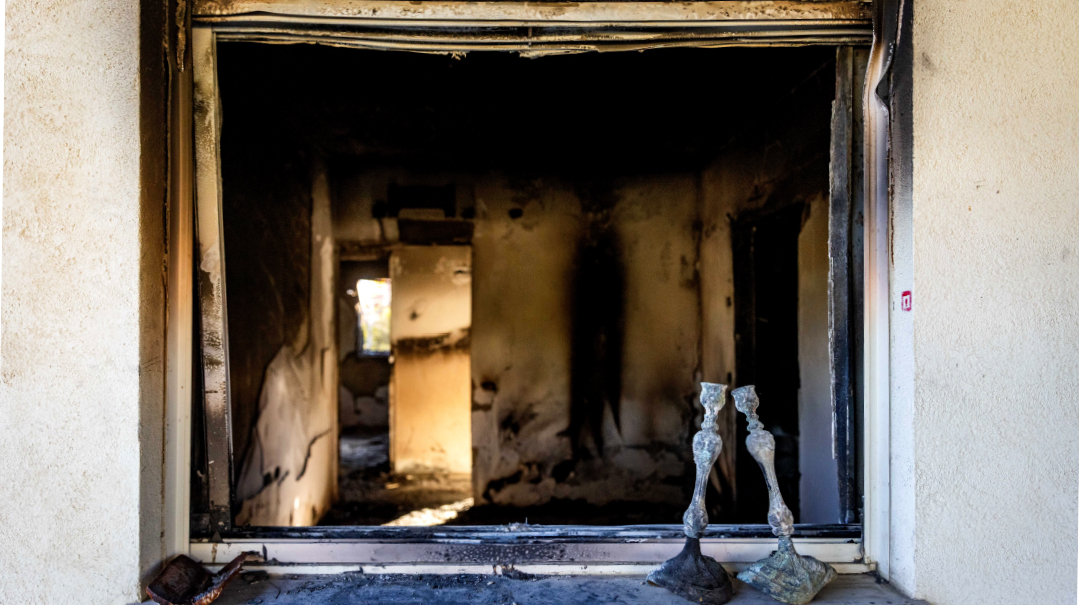
This past October, I was scheduled to leave for Poland the day after Simchas Torah with a group of 50 people who would be participating in an “unknown Holocaust” tour. Most members of the group had already done the classic route: Warsaw, Majdanek, Krakow, and Auschwitz, but now, they wanted to see things beneath the surface.
The program included Jewish Prague and the nearby Theresienstadt camp: the terrifying fortress, the deceptive German programs, and the hidden shul that is concealed between the lanes of the camp. In Krakow, my plan was to lead the group to lesser-known places, including the site of the notorious Plaszow work camp, which today bears silent testimony to the story that is hidden under its green grass and lush trees.
We also planned to visit the “hidden Auschwitz,” a massive city most people who visit Birkenau and only come to the area close to the gate of the camp never see. We were to start at the “Juden ramp” on the outskirts of the city of Oswiecim, and we’d also get to Crematoria 5, the notorious “villa” where the first 100,000 people were murdered in Auschwitz, the fire pits, the disinfecting room, and more.
Our itinerary was all planned.
And then, on Simchas Torah, the Jewish world turned over.
On Motzaei Simchas Torah, we realized that we were not going to visit the unknown parts of Auschwitz — because Auschwitz suddenly seemed very close indeed.
Even if we had wanted to travel, the skies were closed — arrivals and departures were canceled, and in any case, no one was in the mood for a trip.
Since then, during this past winter, I’ve had the opportunity to take a few groups to visit Poland (most of them from abroad), but the terror of October 7 and the subsequent and shocking anti-Jewish fervor gave us a different type of connection: the feeling of continuity and the shared fate with the Jews of a decimated Europe.
Anti-Semitism has always existed. There have always been troubles for the Jewish People. Yet why has the decree of Simchas Torah somehow felt distinct from other troubles Am Yisrael has endured in the past? Is there really a difference between Auschwitz and the Gaza Envelope?
Committed to the Journey
Those of us who’ve grown up in the past half century have a pervading sense that the troubles are behind us. Our nation suffered in the past — there were the Crusades, the Inquisition, the Cossacks, the Nazis, the Communists, and the Cantonists.
But we, the members of this generation, were sent on early retirement by Hashem. The final Geulah has not yet arrived, Mashiach has not yet put in an appearance, but he is just behind the threshold. Stories of the Holocaust are like eating maror on Seder night: to remember that once, before things were so good for us, there was a time when we suffered.
And in one minute, it was all upended. They meant us, there was no mistake. Am Yisrael is a nation that struggles. From the beginning of time, we set out on the path with the knowledge that it would not be simple to be Jews, yet we committed to the journey. That was true of previous generations and it is true in our pampered, spoiled generation as well. At the Bris bein Habesarim, HaKadosh Baruch Hu showed Avraham Avinu all the exiles his descendants would have to endure. He was enveloped in deep darkness and fear, and he saw all that would come upon his children — Bavel, Persia, Greece, and Rome. HaKadosh Baruch Hu took Avraham Avinu to Bergen Belsen and to Buchenwald.
And today I know that Hashem also took Avraham Avinu to Be’eri and to Nir Oz, and said to him, “Look what the offspring of your wild son will do to the offspring of the son that you loved.” Avraham Avinu felt our pain, and chose it despite everything.
Oops! We could not locate your form.


